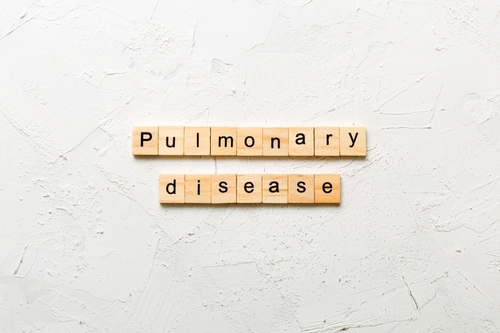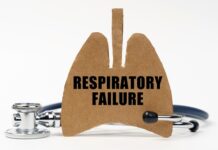Disadvantaged neighborhoods experience a cumulative burden from environmental factors and social factors, leading to significantly higher rates of asthma and chronic obstructive pulmonary disease (COPD). These findings were presented at the CHEST Annual Meeting in Boston, Massachusetts. Smoking was found to be responsible for much of the disparity.
“Residing in disadvantaged neighborhoods exposed to higher environmental burden or social vulnerability has been associated with increased prevalence of asthma and COPD and worse outcomes,” wrote the authors, led by Stephen Mein. “However, prior studies have primarily been limited to a single exposure measurement (eg, air pollution or socioeconomic status), and there has never been a comprehensive, national evaluation of the cumulative impact of neighborhood-level environmental and social factors.”
The authors sought to explore this “neighborhood exposome” and how it influences the prevalence of asthma and COPD. They used the 2020 CDC PLACES and 2018 American Community Survey to understand neighborhood-level sociodemographics, as well as occurrence of asthma and COPD. They then classified 71,659 neighborhoods with 306 million residents into one of four groups based on the 2022 Environmental Justice Index (EJI). The EJI includes 17 environmental factors, such as air pollution and proximity to toxic sites, and 14 social factors, such as poverty and poor housing conditions.
The researchers compared prevalence of asthma and COPD among the four groups, adjusting for age, sex, rural location, region, and health care access. Neighborhoods with the highest EJI, and therefore the most burdened and vulnerable residents, had significantly higher rates of asthma (11% vs 9%; 95% CI, 1.48–1.64) and COPD (8.7% vs 5.9%; 95% CI, 2.77–3.07).
The authors described a “dose-dependent” effect, whereby incrementally higher EJI was associated with higher rates of lung diseases. Upon further analysis, the authors noted that smoking accounted for the association between EJI and asthma, and to a lesser extent COPD.
“Our study suggests that residing in neighborhoods disadvantaged by environmental and social injustice—areas historically comprised of low-income and racial/ethnic minority populations—may contribute to substantially higher rates of obstructive lung disease,” the authors concluded. “These findings highlight the importance of mitigating neighborhood disadvantage to eliminate longstanding inequities in respiratory health.”
Reference
Mein S, Liu M, Marinacci L,et al. Neighborhood exposome and prevalence of asthma and COPD. Abstract #A3828-A3829. Presented at the CHEST Annual Meeting; October 6-9, 2024; Boston, Massachusetts.





